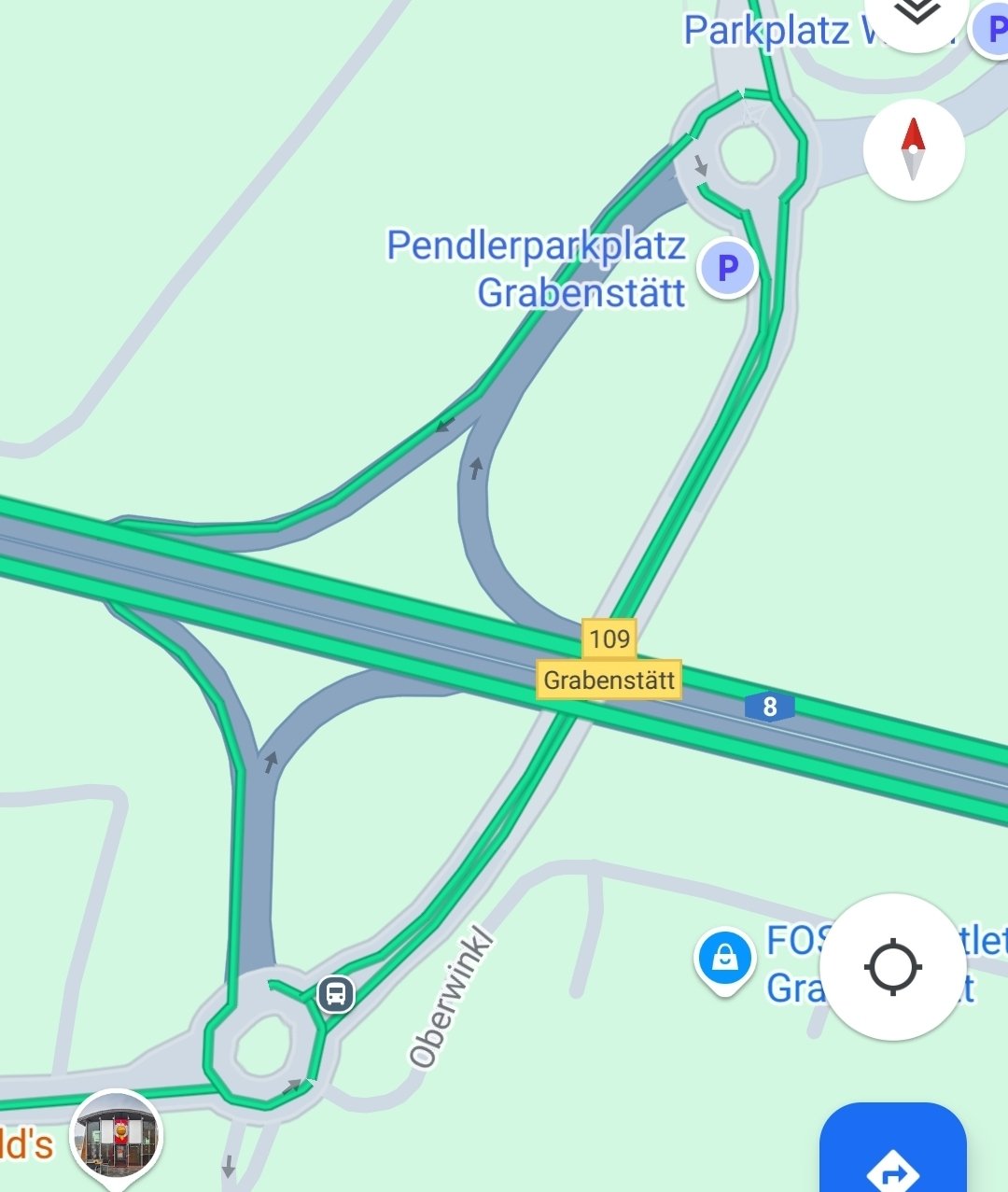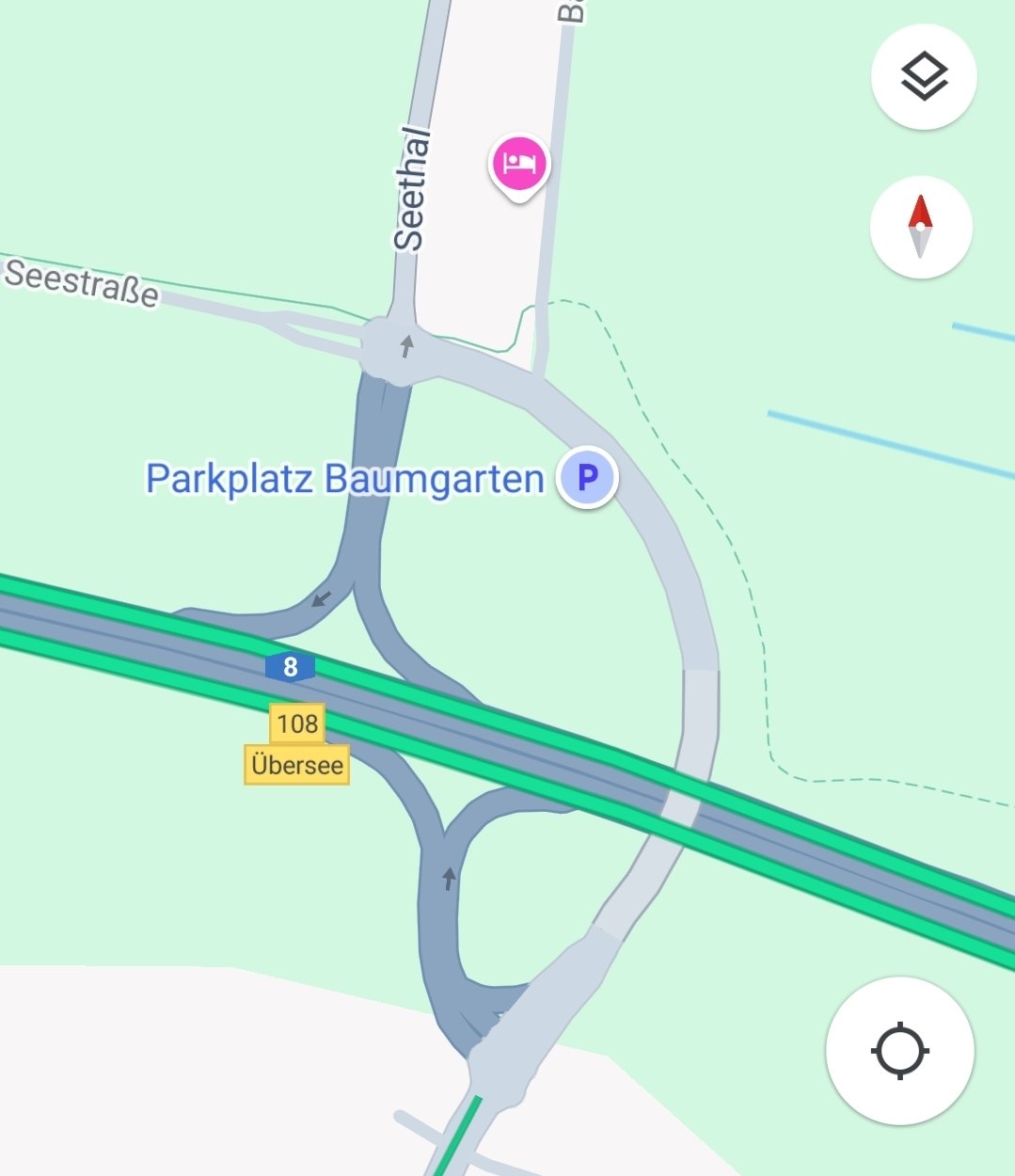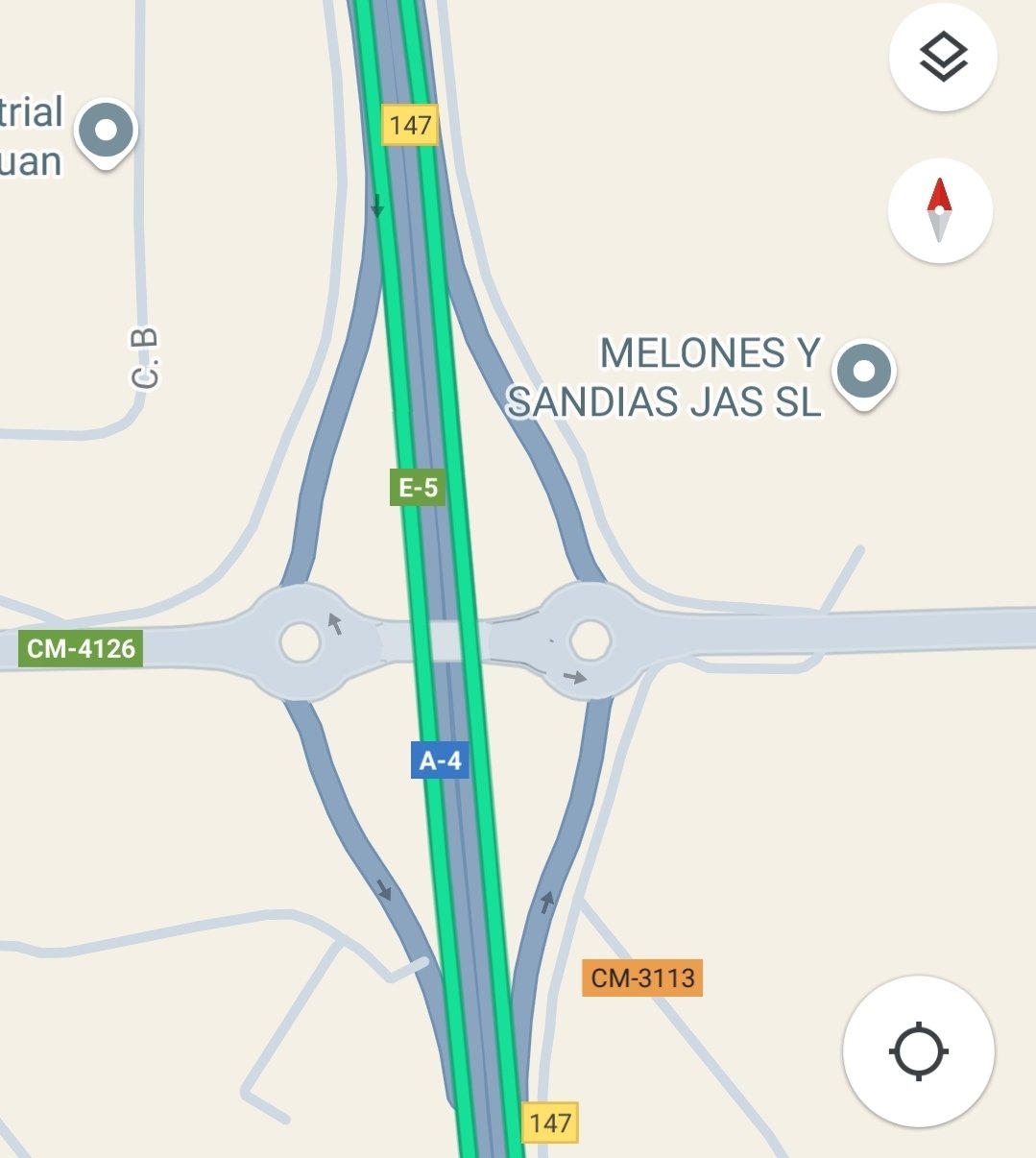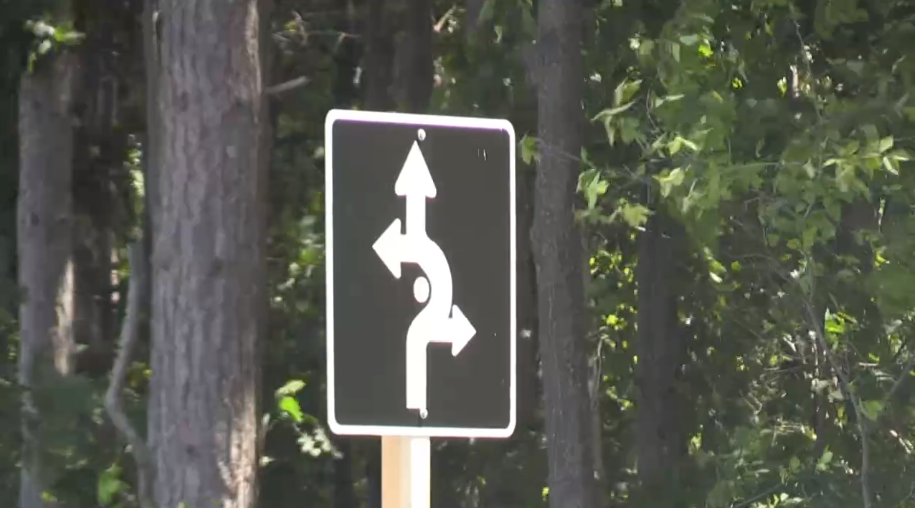

I have no clue how you are getting down voted in a fuckcars community for pointing out this infrastructure is still car centric and does nothing to solve traffic, only induce demand.
If this area was designed for people only it would not look like this.
This is still city planners creating a dangerous strode and intersecting it with a interstate highway and calling it good enough.















This is normal, nothing to see here… except these wonderful ads!! - YouTube